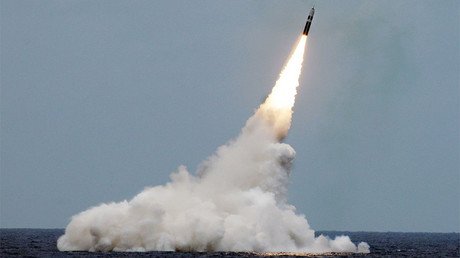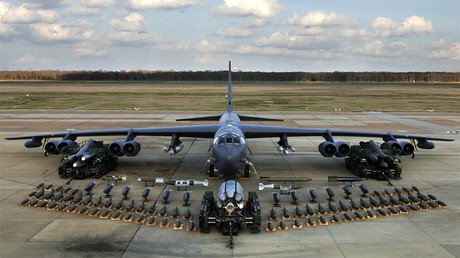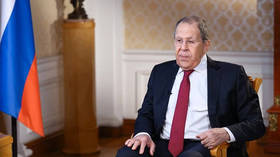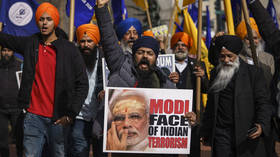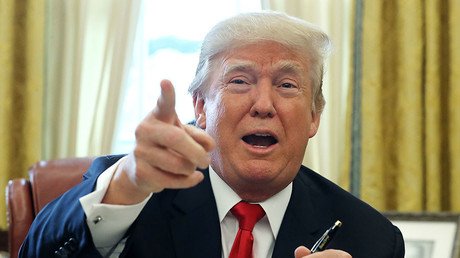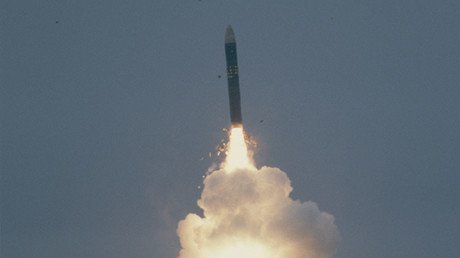Despite US denial, nuclear posture review revolves around Russia
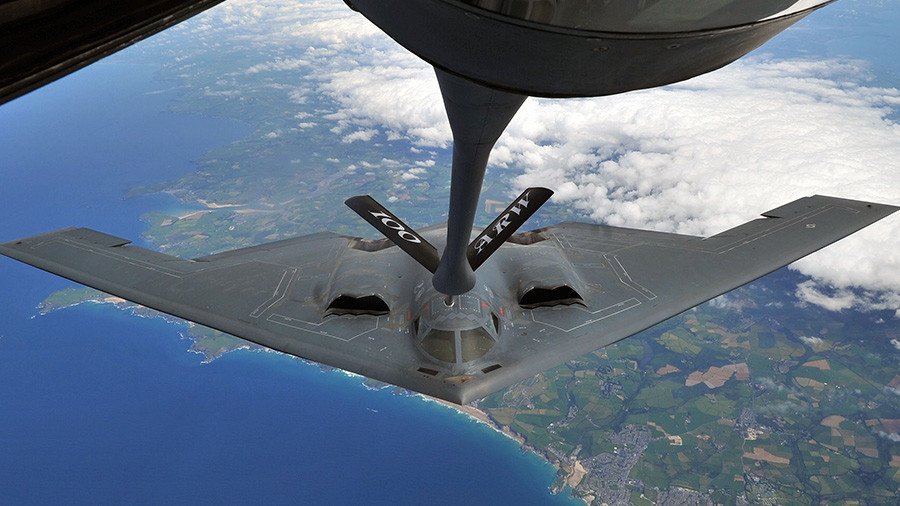
Though US officials argued the new Nuclear Posture Review (NPR) does not revolve around Russia, concerns about Moscow’s nuclear arsenal absolutely dominate the document.
“This not a Russia-centric NPR,” said Anita Friedt, acting Assistant Secretary of State for Arms Control, Verification and Compliance, at a Pentagon media conference Friday. Yet, the document mentions Russia 127 times. In comparison, there are 62 references to North Korea, 47 to China, and 39 to Iran.
“We do not want to regard Russia as an adversary,” said Friedt, and the document also says as much. Washington, however, blames the substantial decline of strategic dialogue on nuclear issues with Russia on Moscow. Specifically, the NPR names Russian modernization of nuclear and other strategic weapons, adoption of strategies and capabilities that rely on nuclear escalation, and “seizure of Crimea and nuclear threats against our allies.”
Moscow’s actions signal a “decided return to Great Power competition,” the NPR assets.
The document makes several claims about Russian strategy and its nuclear doctrine, most notably, that Moscow believes that the “threat of nuclear escalation or actual first use of nuclear weapons would serve to ‘de-escalate’ a conflict on terms favorable to Russia.”
Another claim is that Russia “apparently believes that the United States is unwilling to respond to Russian employment of tactical nuclear weapons with strategic nuclear weapons,” and states that “correcting this mistaken Russian perception is a strategic imperative.”
1. Some new language on #Russian#nuclear doctrine including: Pg. 7 (all page numbers reference new NPR): Added line: "Moscow apparently believes that the United States is unwilling to respond to Russian employment of tactical nuclear weapons with strategic nuclear weapons." 2/6
— Alicia Sanders-Zakre (@azakre) February 2, 2018
According to the actual Russian nuclear doctrine, Moscow reserves the right to use nuclear weapons “in response to the use of nuclear and other types of weapons of mass destruction against it and/or its allies, as well as in the event of aggression against the Russian Federation with the use of conventional weapons when the very existence of the state is in jeopardy.”
So, the only circumstances in which Russia would “escalate to de-escalate,” to borrow the phrase mentioned in the new US NPR, would be when Russia’s survival is threatened by a conventional attack.
And yet, the NPR goes on to say that US strategy “will ensure Russia understands that any use of nuclear weapons, however limited, is unacceptable.”
The document paints Russia’s actual and upcoming nuclear capabilities in an alarming light, saying that Moscow has “significant advantages in its nuclear weapons production capacity and in non-strategic nuclear forces over the US and allies.” Furthermore, Russia is developing “at least two new intercontinental range systems, a hypersonic glide vehicle, and a new intercontinental, nuclear-armed, nuclear-powered, undersea autonomous torpedo.”
That last bit is a reference to 'Status-6,' a weapon featured on a classified slide that somehow ended up being shown on television in November 2015, at a meeting between Russian President Vladimir Putin and senior military officials in Sochi. It was unclear at the time if such a system was actually under development or presented as a hypothetical option.
Another claim prominently featured in the NPR is that Russia was violating the Intermediate-Range Nuclear Forces (INF) Treaty by deploying a ground-launched cruise missile system. The accusation dates back to July 2014, when unnamed US officials told the New York Times that Russia has deployed the outlawed RK-55 ‘Relief’ (also known as SSC-X-4 'Slingshot') missiles at two sites and disguised it to look like the “Iskander” conventional missile launchers.
A search for any reference to the anti-ballistic missile treaty (ABMT), from which the US unilaterally withdrew in 2002, returned zero results.
Think your friends would be interested? Share this story!
